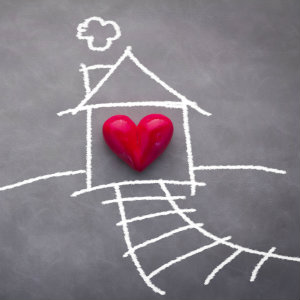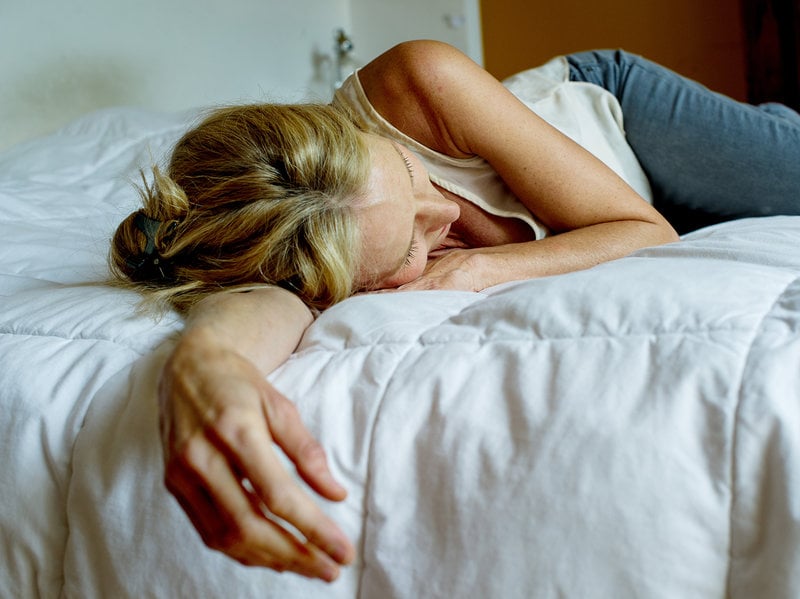In less than 15 years, America’s 65 and older population is expected to be at 18 percent—that’s a 5 percent increase from where it is today. According to Pew Research Center, we can thank increasing longevity for the continuing growth of the older adult population.
The growing older adult population will need proper housing as they age, and with over 90 percent wanting to stay in their homes as they age, many people are wondering where they will live.
Experts recently tried to answer that question at the panel, The Future of Housing for Grown-Ups: A National and Local Perspective, and the discussion revealed some interesting trends.
Trends Driving the Future of Housing
What does the future of housing for older adults look like? Changing demographics and the associated change in values, interests and opinions, the healthcare shift from fee-for-service to value-based models and accelerating technologies were identified by panel experts as trends that could lead to different living models and housing options for older adults. “We want to live in our home. But really 40 percent of all new home purchasers are over the age of 50, so it’s an important real estate demographic,” said AARP’s Debra Whitman. And Realtors and home builders and communities need to look at this change of an aging population and provide options for them ...”
Anand Parekh of the Bipartisan Policy Center, said today’s future older adults struggle with less retirement savings and the idea that they will eventually need some kind of care as they age, which can affect how they view their future living situation.
“One study came out earlier this summer that said senior households spent about 28 percent of their spending [on] housing and that’s double than the amount of spending that goes into healthcare, which is pretty phenomenal from my perspective,” he said.
Health and Housing: Preventing Falls
Whether you want to stay in the home where you live as you age, or you’d like to move to a different house, the panel experts recommend considering your health and how it can affect your housing options.
A common healthcare concern for many older adults is falling at home, the panel noted. Most falls, however, are preventable.
There are several ways to prevent falls at home (whether you’re staying in your current home or buying a new residence):
In the entryway:
- Install non-slip adhesive pads on slick surfaces or stairs
- Install light switches at the top and bottom of stairs
In the kitchen:
- Make sure items you use frequently, like dishes, are within easy reach
- If you use a step stool, make sure it has a bar at the top that you can grasp
Every room:
- Make sure there are no loose rugs or furniture you could trip over
- Clear newspapers, boxes, electrical cords or plants out of high-traffic areas
In the bedroom:
- Place a lamp within easy reach of your bed
- Install nightlights and have a flashlight within reach in case of loss of power
If you’re searching for a new residence or planning to stay in the home where you’ve lived for years, making some adjustments to increase your safety is vital to helping you remain independent and healthy.













